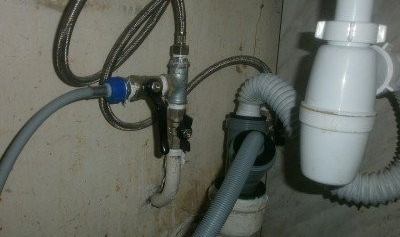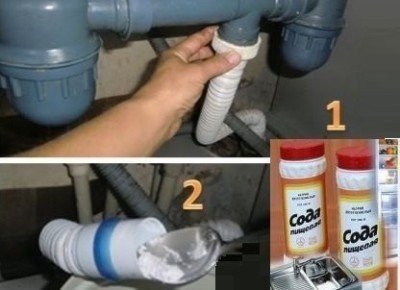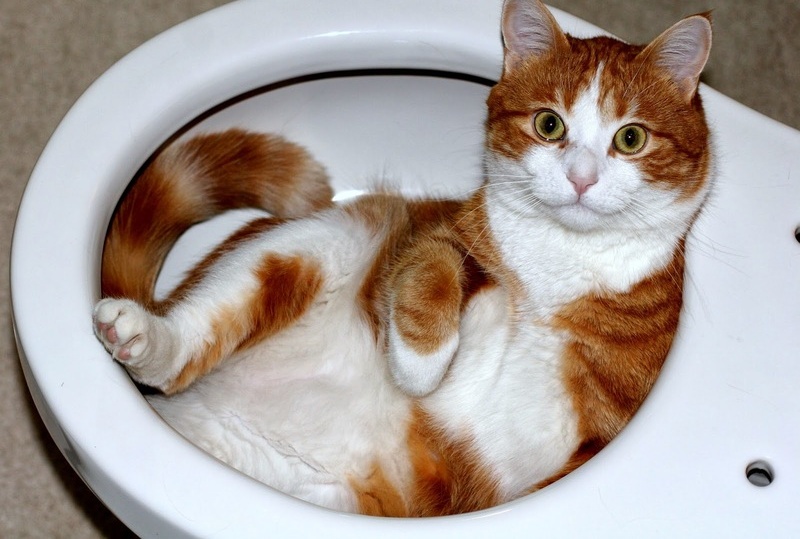How to break a blockage in a wash basin without a cable?
Good afternoon, dear! There was such a situation: the washbasin was clogged in the kitchen. We have it on two sinks. And when you swing one with a plunger, air comes out of the second, but the blockage is not eliminated. Water stands and does not drain completely. At first we thought the siphon was clogged. Unscrewed one and the second (from both sinks). But it's clean there. Poured over the Mole at night - it did not help. What to do? The cable has not yet been found. Maybe there is a way without it?
Hello. To fix the problem, you need to understand exactly where your washbasin is clogged. If the water in the bathroom and toilet still flows well, it means that most likely the pipe that connects the siphon and the sewer has clogged. When you poured the product, it was all glass in the siphon flask, but did not pass into the drain pipe, because water did not let it in. You need to clean the pipe that discharges the drains into the general sewer.
Drain pipe cleaning instructions
To do this, carefully unscrew the nut that clamps the tube, and then pull the corrugation out of the siphon. Be sure to immediately substitute some container, because water will flow from the nozzle.

Before unscrewing the central tube, drain the water from both siphons; otherwise, when the nut is loosened, liquid accumulated in the siphon will begin to spray in all directions
Try to drain as much fluid as possible from the corrugation to make it easier to get to the blockage. The most problematic point is the connection between the pipe and the common sewer pipe. It is there that fat plugs are formed, which even special products cannot always eliminate, because the water remaining in the corrugation will weaken their strength.
You can then proceed in two ways.
A more “clean” way is to pour directly into the drain pipe a means for eliminating blockages and leave it overnight for corrosion. In the morning, assemble the entire system: insert the tube into place, clamp it with a nut and turn on hot water for a couple of minutes. Just do not pour boiling water from the kettle, otherwise the plastic elements of the riser may burst. If the cork is not too tight, it should break through.

1. First, unscrew the nut, remove the tube and drain the water from it. 2. And then put a spoonful of baking soda
The second option does not require a long wait, but it will be more “wet”. To destroy the fat accumulated in the pipe, you can use the proven folk method.
- Take ordinary baking soda, pour it with a tablespoon directly into the pipe. Quantity - at least 10 spoons.
- In this case, periodically twitch the hose and raise it so that the soda passes as far as possible into the pipe.
- After that, substitute a large container from below and pour vinegar into the corrugations. The reaction will go such that a lot of foam will fly. If there is no bottom pan, then foam will fill the entire nightstand.
- Once the reaction has subsided, pour vinegar again. And so on until the bubbles stop going.
- For 15 minutes let the system “rest” and then pour hot water directly into the pipe from the kettle (not boiling water!). She will wash off the remnants of the broken fats that soda destroyed.Already by the speed of advancement of water you will see that the blockage is eliminated.
You just have to collect the siphon and remove all the water in the nightstand.
If the water stopped draining not only in the washbasin, but also in the bathroom, then, unfortunately, you can’t do without a cable. Solid calcium salts can form a blockage, which accumulate in a common sewer pipe, where conventional liquid products simply cannot be reached. Only a rigid metal hose can break through such a blockage.



3 comments